What are the five tools of comprehensive quality management in SMT?
Comprehensive quality management is a crucial means for enterprises to ensure product quality, enhance customer satisfaction, and maintain market competitiveness. Among them, the five tools play a pivotal role in the quality management process. These five tools are: Statistical Process Control (SPC), Measurement System Analysis (MSA), Failure Modes and Effects Analysis (FMEA), Advanced Product Quality Planning (APQP), and Production Part Approval Process (PPAP). Here is a brief description of these five tools:
I. Statistical Process Control (SPC)
SPC is a manufacturing control method that evaluates the stability and capability of a process by collecting, organizing, and analyzing data from the manufacturing process to identify and resolve problems in time. The core of SPC lies in utilizing statistical methods to monitor the status of the manufacturing process, ensuring that the production process is conducted under controlled conditions to reduce variations in product quality.
1.1 Core Objectives
To make reliable and effective assessments of the process.
Determine the statistical control limits of the process, judge whether the process is out of control, and whether the process has the capability.
Provide an early warning system for the process to timely monitor the situation and prevent scrap products.
Reduce reliance on routine inspections, replacing a large number of inspections and verifications with regular observations and systematic measurement methods.
1.2 Issues that SPC Can Solve
Economy: Through effective sampling control, enterprises can reduce the need for full inspection, thereby controlling the defect rate and reducing costs. This makes the production process more stable and enables better control of quality, cost, and delivery time.
Early warning: Through abnormal trends in the production process, enterprises can take timely measures to prevent the generation of defective products in batches, thus reducing waste.
Identification of special causes: SPC can serve as a reference for local problem countermeasures or management system improvements.
Optimal utilization of machinery and equipment: By estimating machine capabilities, enterprises can properly arrange suitable machines to produce appropriate parts.
Evaluation of improvement: Process capability can be used as a comparative indicator before and after improvement.
II. Measurement System Analysis (MSA)
MSA is a tool that analyzes the measurement system capable of repeatedly reading each part. It is mainly used to evaluate the quality of the measurement system and determine whether the data generated by the measurement system is acceptable. MSA not only assesses the resolution and error of the measurement system, but also determines the main components of the measurement system error.
2.1 Objectives
Understand the measurement process and determine the total amount of error in the measurement process.
Evaluate the adequacy of the measurement system used in production and process control.
Improvement (reduction of variation).
2.2 Methods
MSA uses mathematical statistics and graph methods to analyze the resolution and error of the measurement system. This method can assess whether the resolution and error of the measurement system are suitable for the measured parameters.
III. Failure Modes and Effects Analysis (FMEA)
FMEA is a preventive quality tool that aims to identify potential failure modes in a product or process, assess their impact on the system, and determine corresponding priorities. FMEA focuses on preventing problems in the design stage to improve product quality and reliability.
3.1 Objectives
Identify potential failure modes and their causes in a product or process.
Assess the impact of these failure modes on system performance.
Make improvements and optimizations based on risk priorities.
3.2 Implementation Steps
Determine the object and scope of analysis.
List all possible failure modes.
Analyze the causes and impacts of each failure mode.
Conduct risk assessment and prioritization of failure modes.
Develop preventive measures and improvement plans.
IV. Advanced Product Quality Planning (APQP)
Advanced Product Quality Planning is a structured approach used to identify and establish the steps necessary to ensure that a product meets customer requirements. The objective of APQP is to facilitate communication with everyone involved to ensure that the required steps are completed on time. It emphasizes preventing defects rather than finding solutions after defects occur.
4.1 Purpose
To guide resources to achieve customer satisfaction.
To facilitate early identification of required changes.
To avoid late changes.
To provide quality products in a timely manner with the lowest cost.
4.2 Main Steps
Plan and define the project.
Product design and development.
Process design and development.
Product and process validation.
Feedback, evaluation, and corrective actions.
V. Production Part Approval Process (PPAP)
Production Part Approval Process is a practical technique aimed at determining whether the supplier has correctly understood all the requirements of the customer's engineering design records and specifications, and whether their production process has the potential capability to produce products that meet customer requirements according to the specified production cycle in actual production.
5.1 Purpose
To determine whether the supplier has correctly understood all the requirements of the customer's engineering design records and specifications.
To verify whether the supplier has the potential capability to produce products that meet customer requirements at the established production cycle.
5.2 Submission Content
Design records, engineering change documents (if any).
Engineering-approved design drawings, specifications, etc.
Part Submission Warranty (PSW).
Appearance Approval Report (AAR), if applicable.
Samples, production parts, or their representations, and related inspection reports.
For bulk materials, Part Submission Warranty (PSW) or production part samples, as well as related inspection reports or test data, such as chemical and physical test reports, metallographic spectra, dimensional inspection results, etc.
In summary, the five major tools of total quality management play an important role in improving product quality, ensuring customer satisfaction, and enhancing enterprise competitiveness. These tools not only help enterprises identify, analyze, and solve problems, but also help enterprises continuously improve and optimize production processes, thereby improving product quality and production efficiency. By proficiently utilizing these tools, enterprises can better meet customer needs, win market share, and achieve sustainable development.

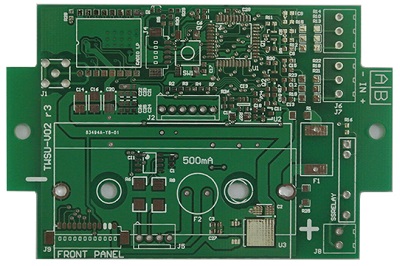 PCB
PCB FPC
FPC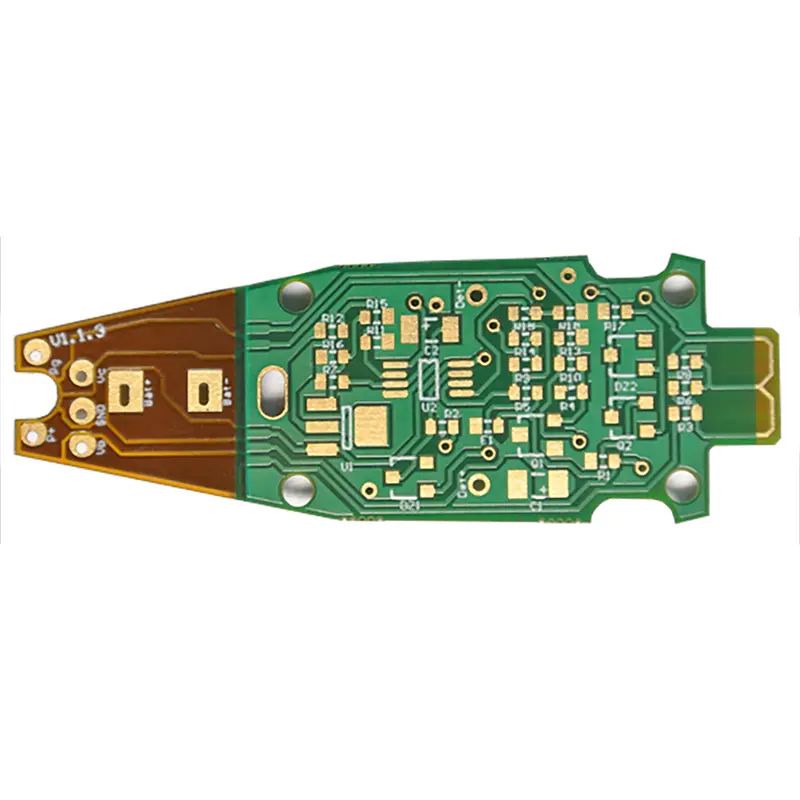 Rigid-Flex
Rigid-Flex FR-4
FR-4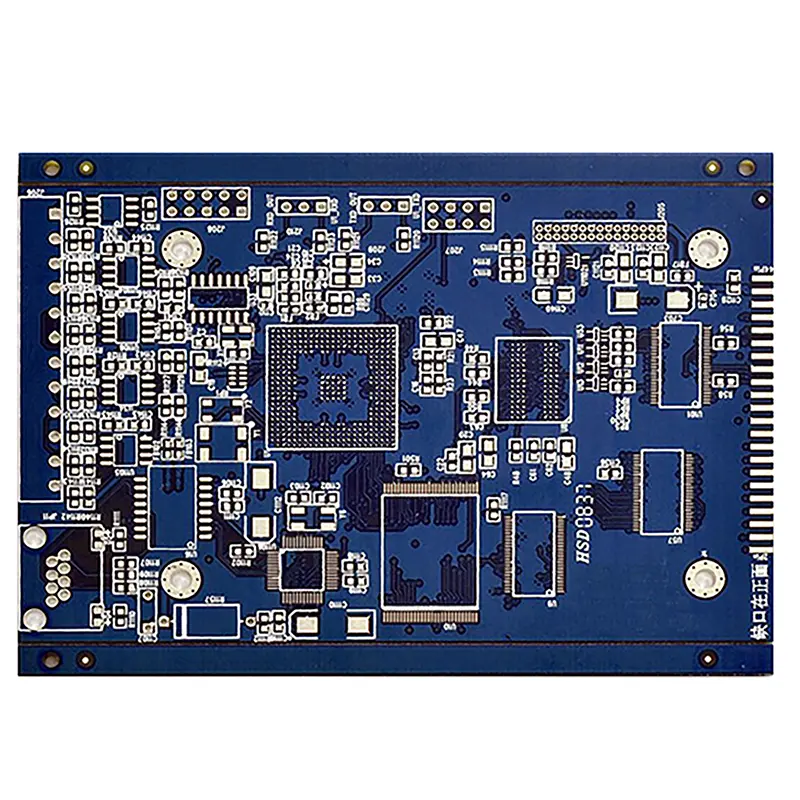 HDI PCB
HDI PCB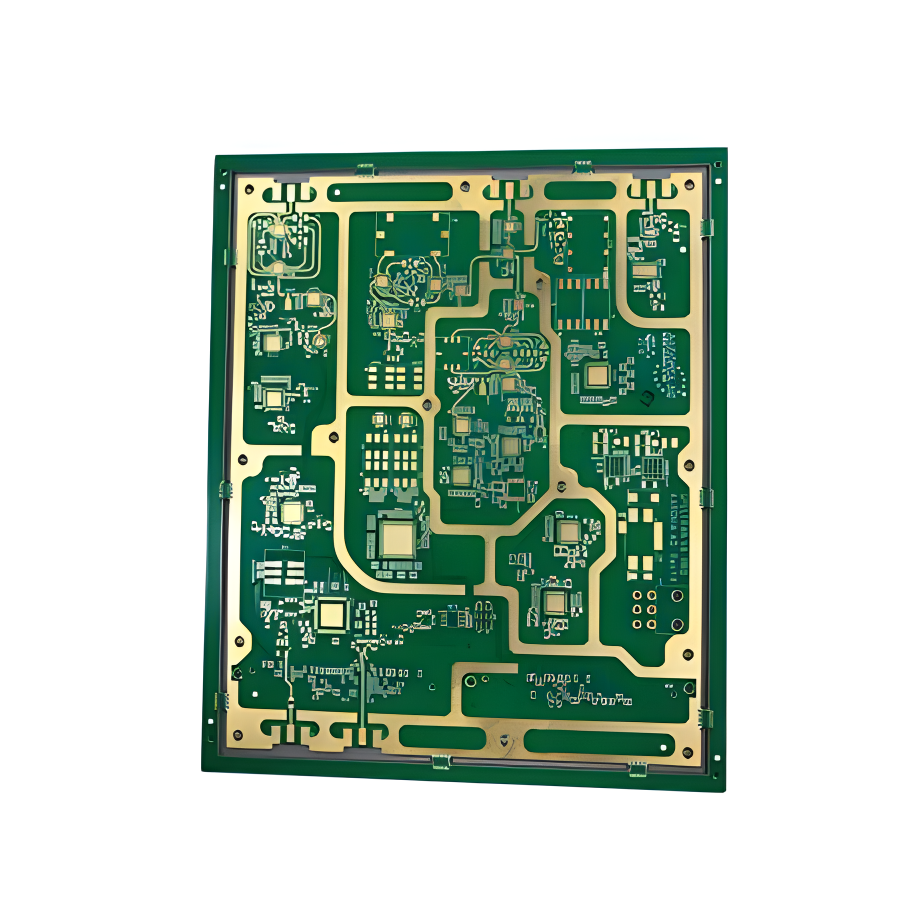 Rogers High-Frequency Board
Rogers High-Frequency Board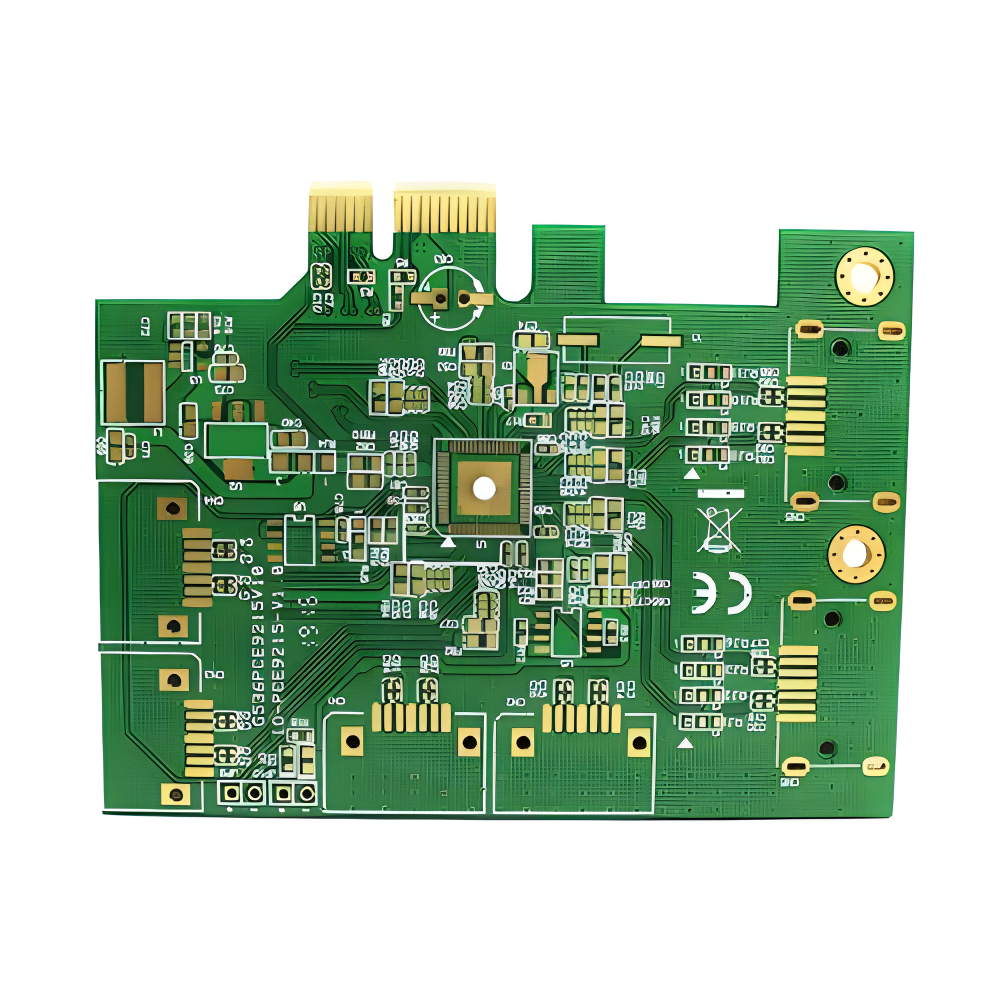 PTFE Teflon High-Frequency Board
PTFE Teflon High-Frequency Board Aluminum
Aluminum Copper Core
Copper Core PCB Assembly
PCB Assembly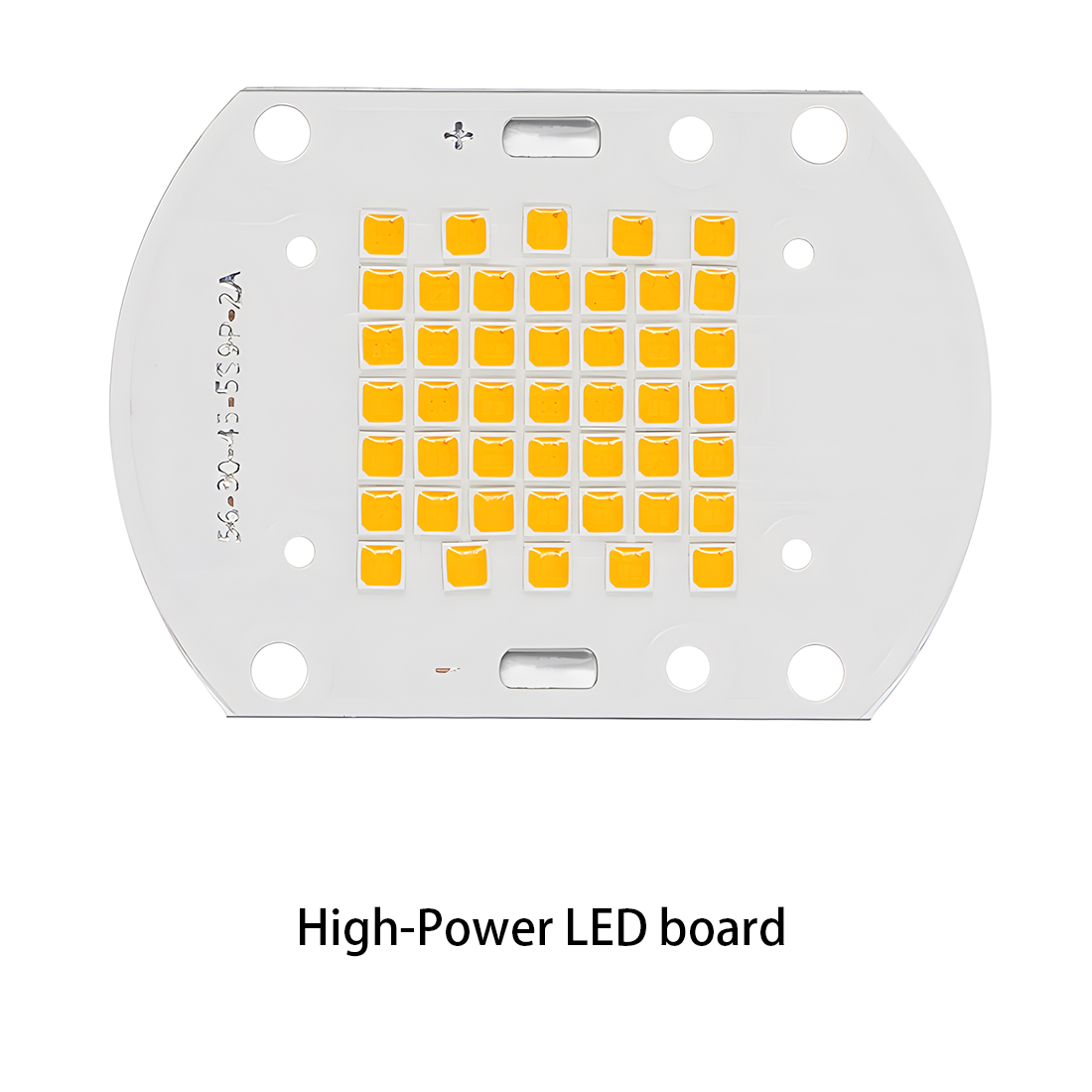 LED light PCBA
LED light PCBA Memory PCBA
Memory PCBA Power Supply PCBA
Power Supply PCBA New Energey PCBA
New Energey PCBA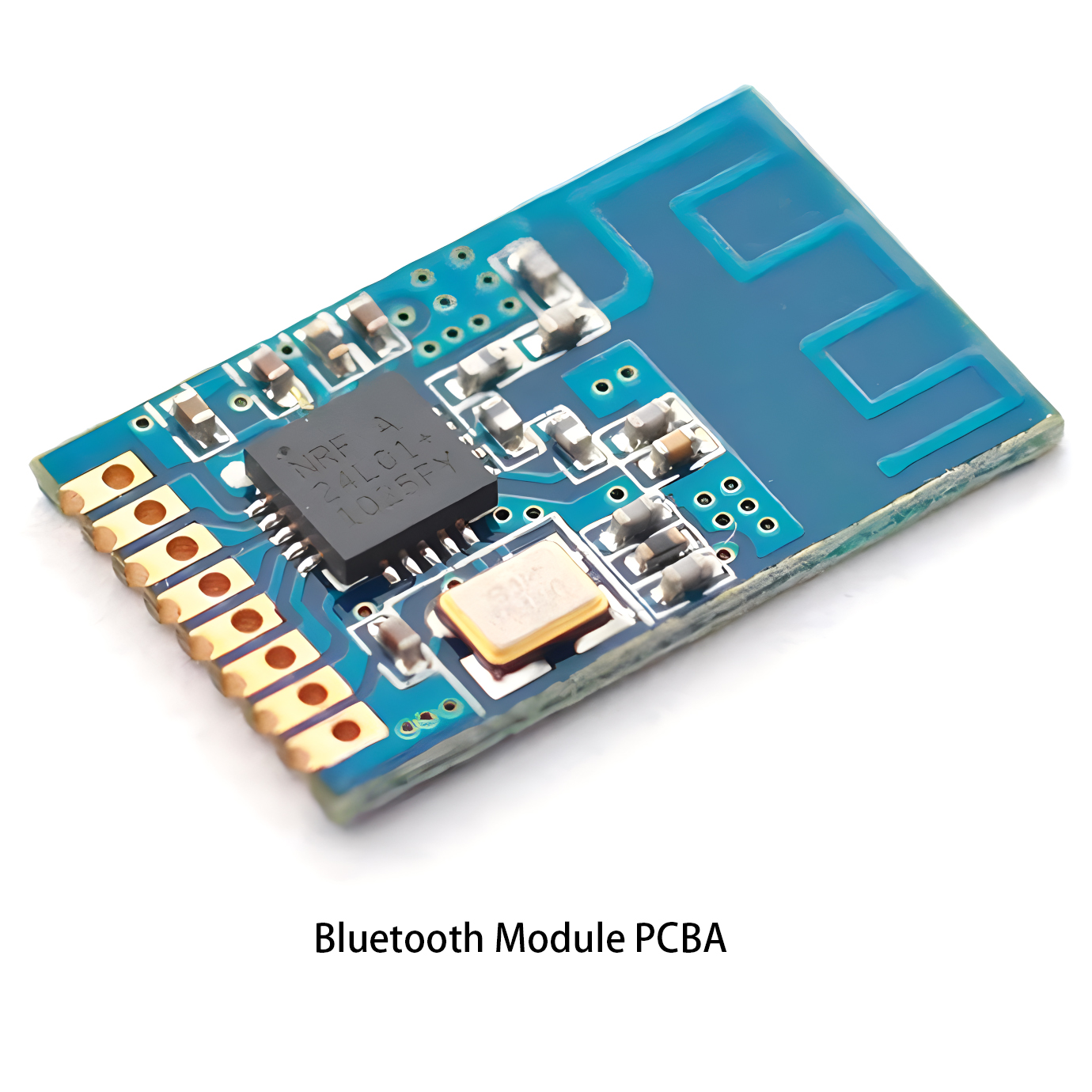 Communication PCBA
Communication PCBA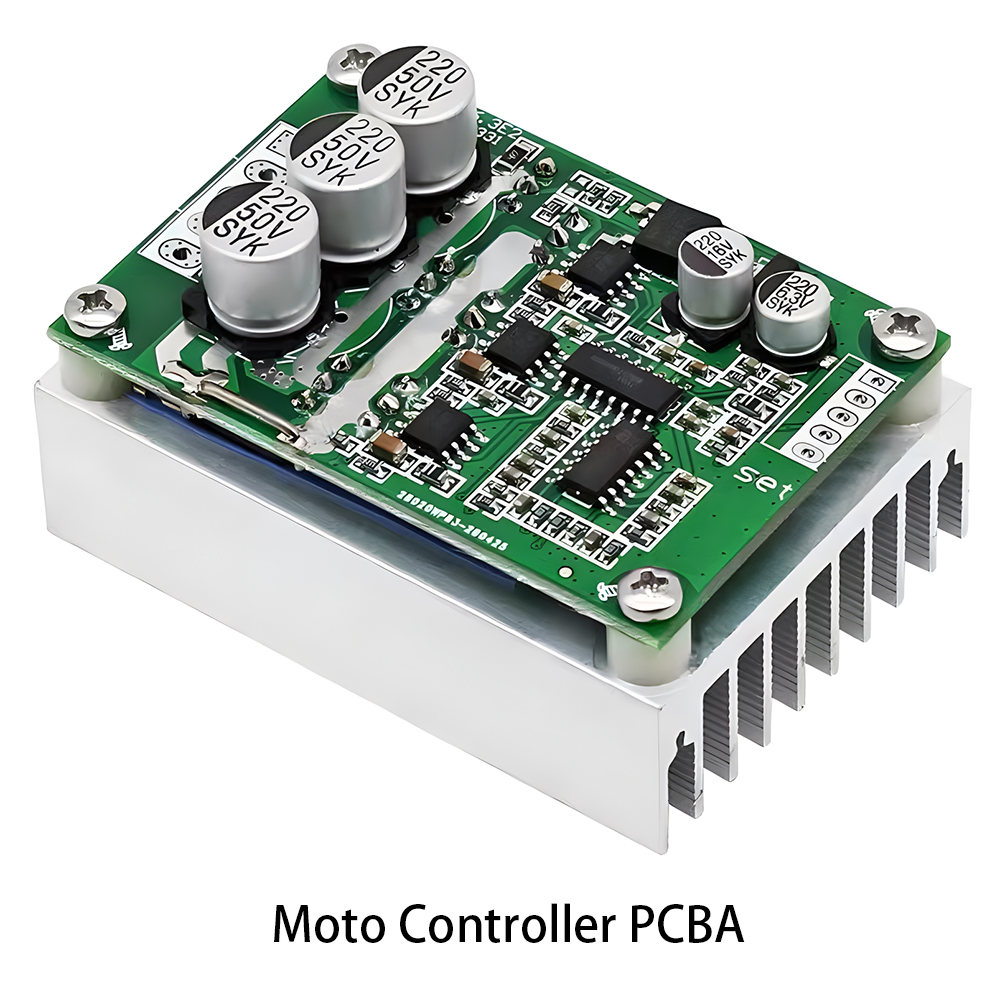 Industrial Control PCBA
Industrial Control PCBA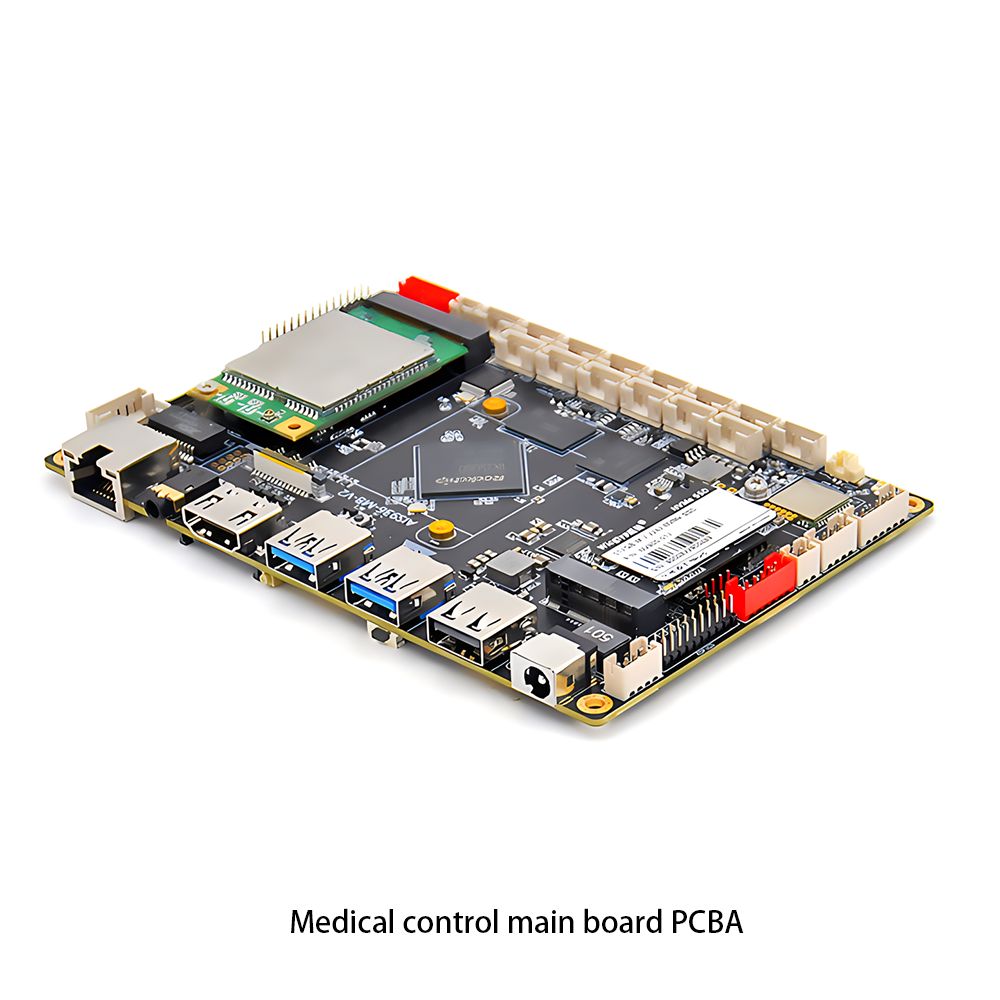 Medical Equipment PCBA
Medical Equipment PCBA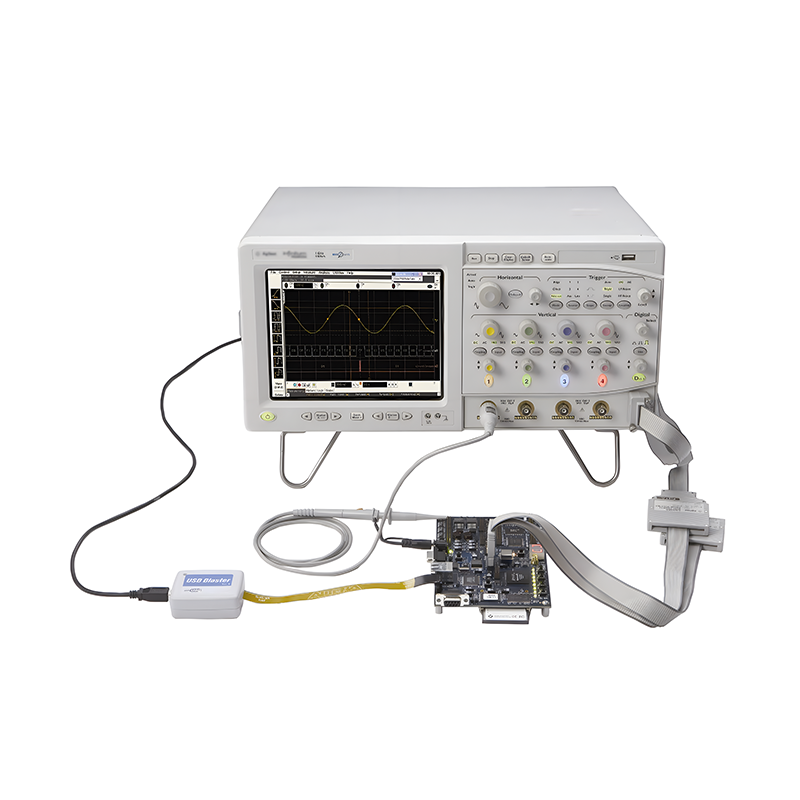 PCBA Testing Service
PCBA Testing Service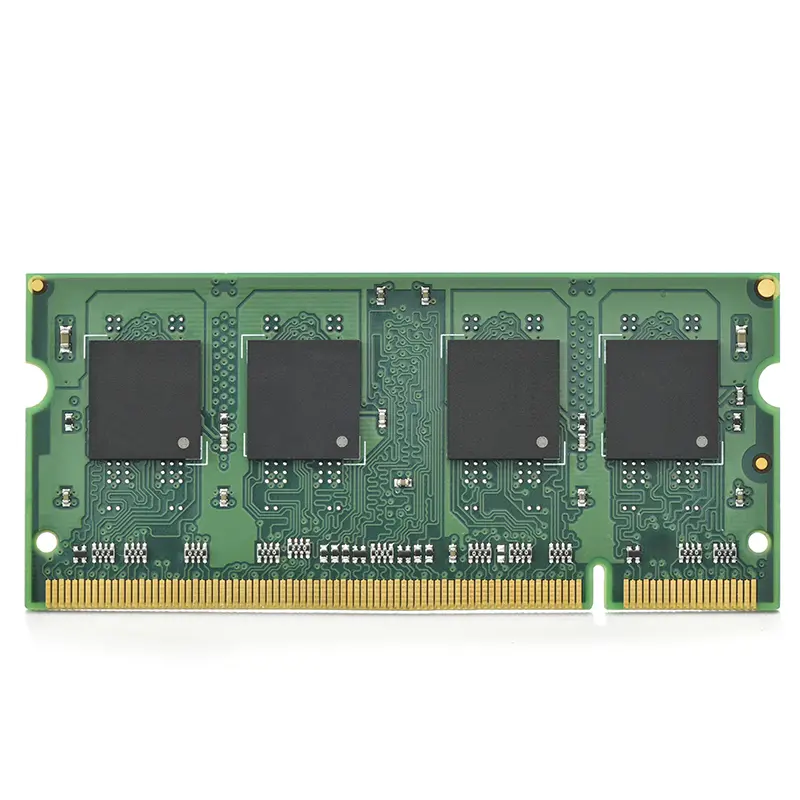 Certification Application
Certification Application RoHS Certification Application
RoHS Certification Application REACH Certification Application
REACH Certification Application CE Certification Application
CE Certification Application FCC Certification Application
FCC Certification Application CQC Certification Application
CQC Certification Application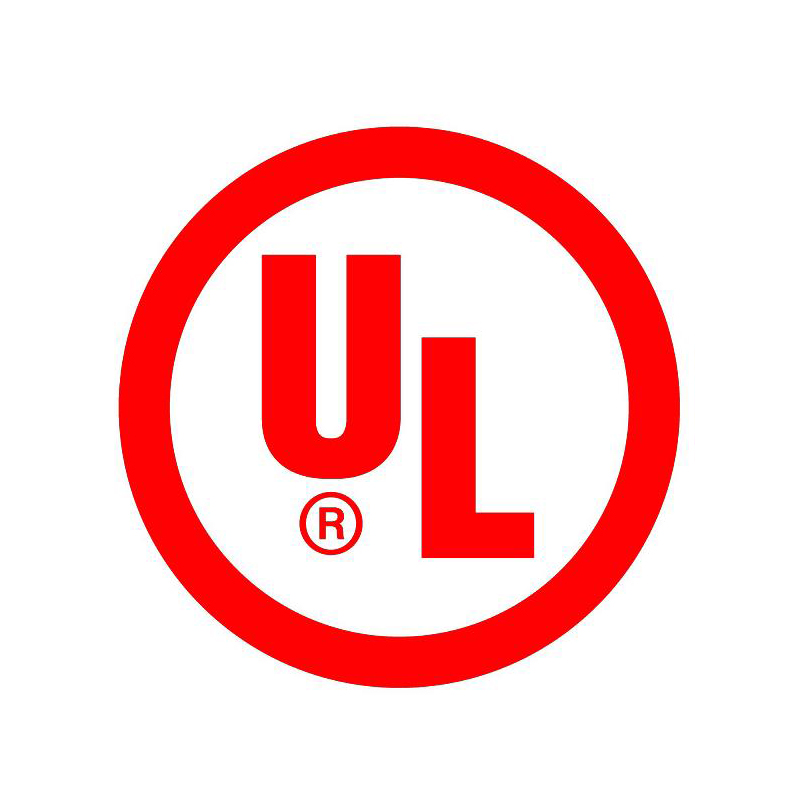 UL Certification Application
UL Certification Application Transformers
Transformers High Frequency Transformers
High Frequency Transformers Low Frequency Transformers
Low Frequency Transformers High Power Transformers
High Power Transformers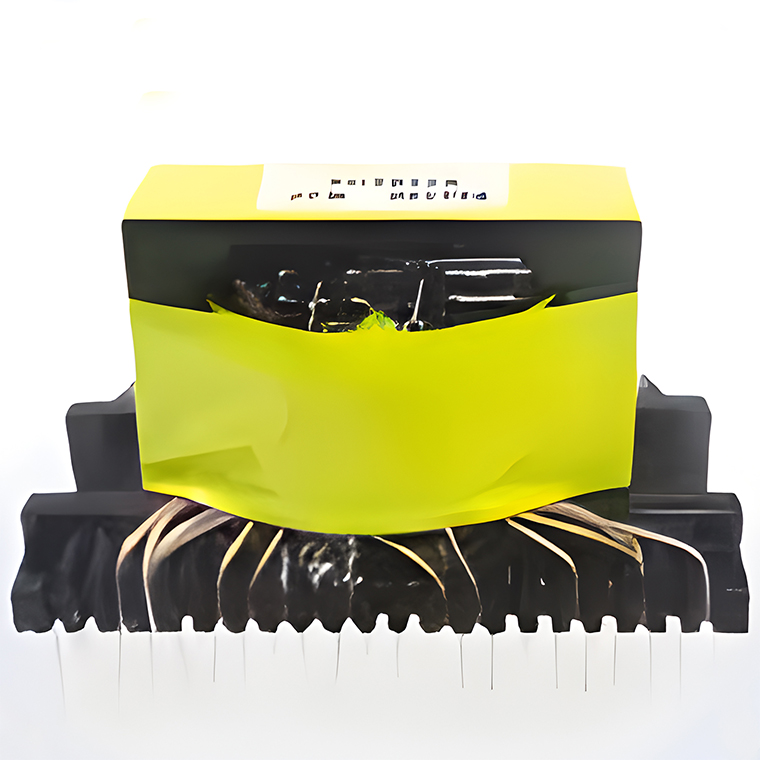 Conversion Transformers
Conversion Transformers Sealed Transformers
Sealed Transformers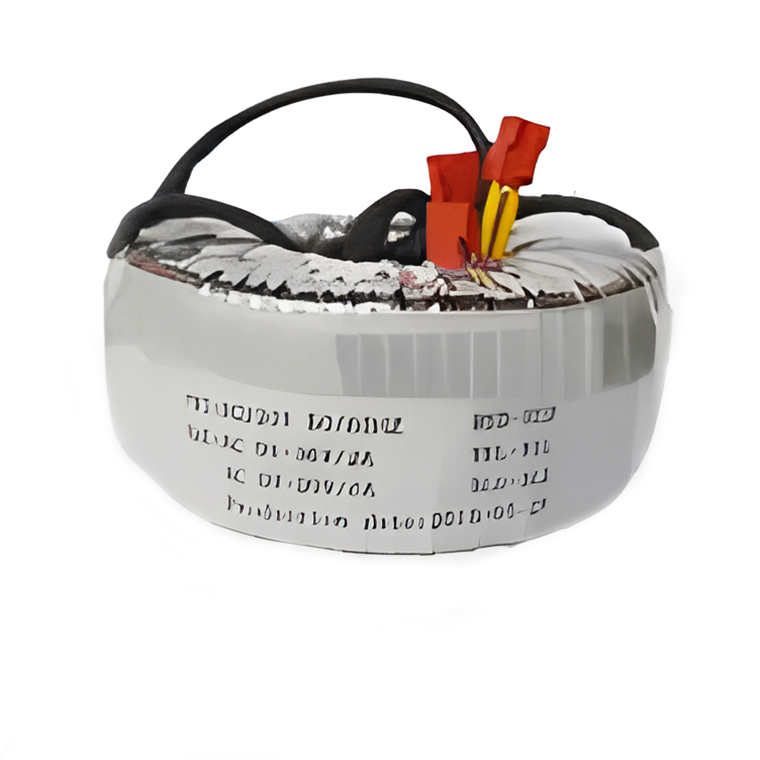 Ring Transformers
Ring Transformers Inductors
Inductors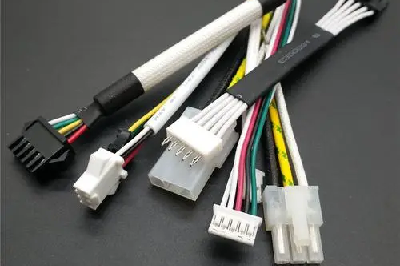 Wires,Cables Customized
Wires,Cables Customized wires-cables
wires-cables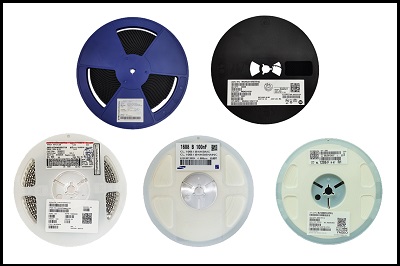 Components sourcing
Components sourcing